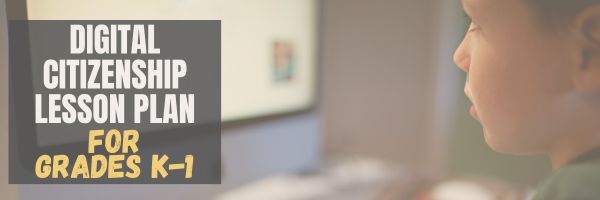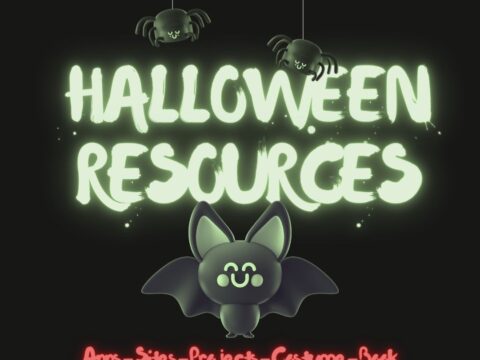Understanding how to use the internet has become a cornerstone issue for students. No longer do they complete their research on projects solely in the library. Now, there is a varied landscape of resources available on the internet.
But with wealth of options comes responsibility to use resources properly. As soon as children begin to visit the online world, they need the knowledge to do that safely, securely, responsibly. There are several great programs available to guide students through this process (Common Sense’s Digital Passport, Carnegie CyberAcademy, K-8 Digital Citizenship). I’ve collected a long list of resources here:
K-HS Digital Citizenship Resources
Today, we focus on Kindergarten–1st Grade.
Overview/Big Ideas
Students learn how to live in the digital world of internet websites, copy-righted images, and virtual friends who may be something different.
Essential Questions
- What is a ‘digital citizen’?
- How is being a citizen of the internet the same/different than my home town?
- What are the implications of digital citizenship in today’s world?
Objectives and Steps
The objectives of this lesson are (use the lines in front of each item to check them off as completed):
-
- Understand that computers can be used to visit far-away places and learn new things.
- Understand that staying safe online is similar to staying safe in the real world.
- Describe how to travel safely on the internet.
____Gather students on the class rug and discuss the meaning of ‘digital citizen’. How is this the same/different from being a citizen of the town they live in? Where is this ‘digital town’?
____What are some of the rules of your town?
____Discuss the potential risks and dangers associated with online communications.
____What is ‘netiquette’? Discuss the internet’s etiquette as it relates to a first grader.
____Keep this conversation to 10-15 minutes. Solicit student ideas. Help them understand that the virtual world of the internet is not safe just because they can’t see it—but it can be a safe, healthy place to explore and learn.
____Have students return to their seats and log onto the computer. Discuss why they use a password to access the computer.
____Bring up a website (your favorite or one from this list of Kindergarten resources or this list of 1st Grade resources). Show students how to correctly use the website:
-
- Don’t click on other websites (how can they identify those?)
- Don’t click on ads (what is an ad—show them).
- Distinguish ads from content on sites.
- Once they’re on the assigned website, don’t click on links outside of it. For example, going to Disney’s Surf Swell Island doesn’t mean they can go to any links on Disney’s website (yes, you understand they can do this at home. But, not at school). Show them how to identify those outside of the assigned one.
Extension
Gather students back on class rug and reflect on what they saw in the videos. How did it make them feel? What did they learn?
Trouble shooting
Students still click outside of the assigned website. With diligence, they will come to understand the right way.
Copyright ©2023 askatechteacher.com – All rights reserved.
Here’s the sign-up link if the image above doesn’t work:
https://forms.aweber.com/form/07/1910174607.htm
Jacqui Murray has been teaching K-18 technology for 30 years. She is the editor/author of over a hundred tech ed resources including a K-12 technology curriculum, K-8 keyboard curriculum, K-8 Digital Citizenship curriculum. She is an adjunct professor in tech ed, Master Teacher, webmaster for four blogs, an Amazon Vine Voice, CSTA presentation reviewer, freelance journalist on tech ed topics, contributor to NEA Today, and author of the tech thrillers, To Hunt a Sub and Twenty-four Days. You can find her resources at Structured Learning.






































